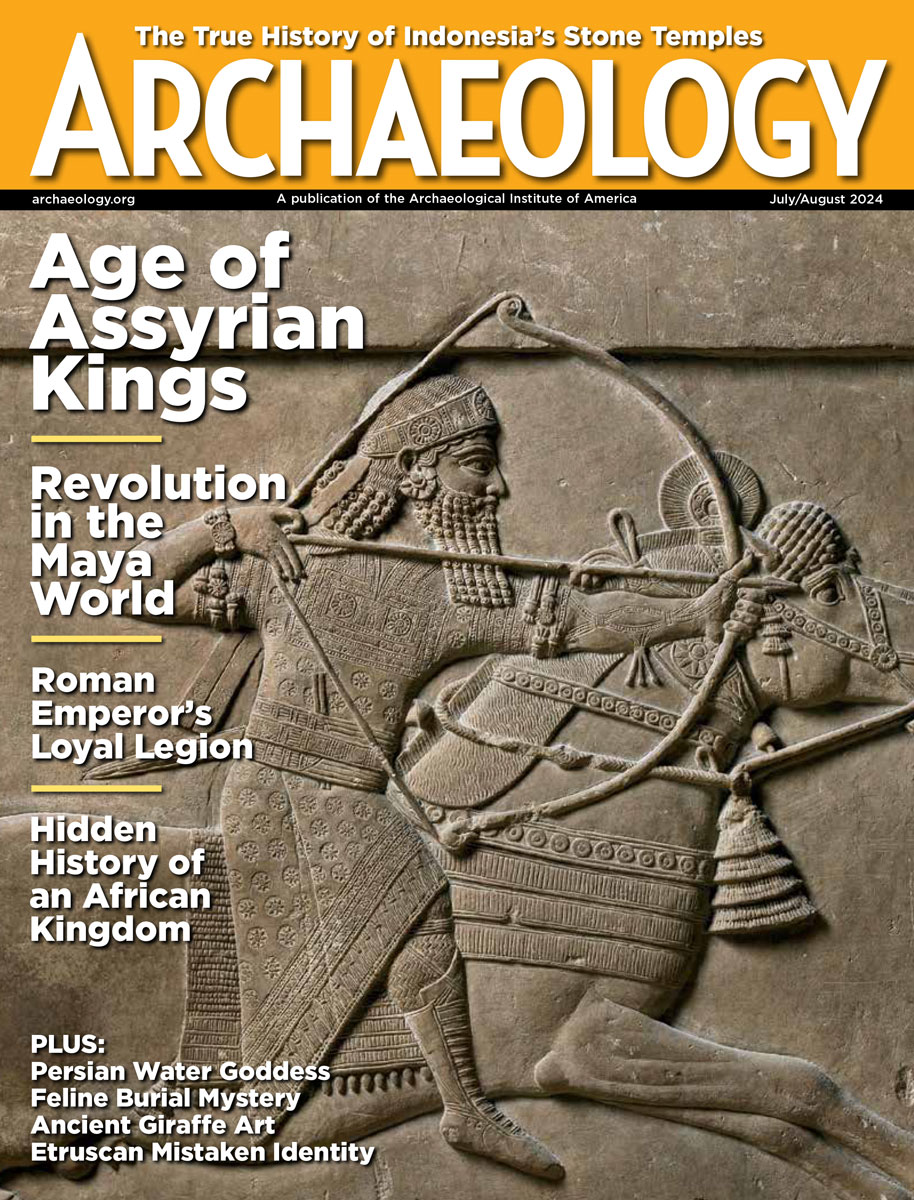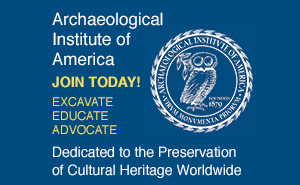Thursday, January 17
January 17, 2008
 Yesterday, it was reported that government security forces were sent to protect a tomb discovered in Yemen. People living near the site in Ibb argued that the contents of the grave belonged to them. “Locals claim that they do not trust the government and are not sure that the antiques will be in a safe place or not. That is why they want it for themselves,” said Abud Al-Rahman Jar Allah, Museums Deputy in the Antiquities General Assembly.  Today’s news from Yemen indicates that the guards were dismissed and the bronze coffin was destroyed.
The National Museum of Scotland will return Maori and Tasmanian remains to New Zealand and Australia.
A mask made in the Eskimo village of King Island has been returned by a Washington state woman. Someone in her family is thought to have collected the mask in the late nineteenth century during Alaska’s gold rush.
Officials from Malaysia are seeking the return of skeletons excavated from Cha Cave in the 1950s that are now kept at the University of Cambridge’s MacDonald Institute of Archaeology. Malaysian scientists want to study the 5,000-year-old bones at home.
Tom Dillehay of Vanderbilt University tells Discover Magazine about his discovery of 10,000-year-old squash seeds stored in northern Peru. “I don’t want to play the early button game, but the temporal gap between the Old and New World, in terms of a first pulse toward civilization, is beginning to close,” he said.
Peru’s state news agency announced the discovery of “an archaeological fortress” that a local mayor has suggested is the “lost city” of Paititi. Legends of Paititi claim it was “adorned with gold statues,” or was a “city of gold.”Â
A conference sponsored by a minister from Princeton Theological seminary has brought the so-called “Jesus tomb” into the spotlight again. Have you read “Raiders of the Faux Ark,” by Eric H. Cline, on ARCHAEOLOGY’s web site? And, “Has the Tomb of Jesus Been Discovered?” by Jodi Magness is still available on the Archaeological Institute of America web site.  Â
Archaeologist Bradley T. Lepper muses on “Top 10 Lists” in his column for The Columbus Dispatch.
- Comments Off on Thursday, January 17









